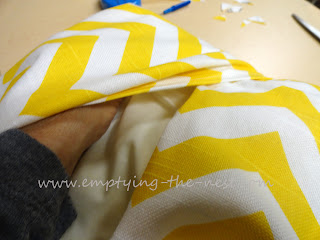Enough burlap to cover shades
White Flat Spray
Paint Black Flat Spray Paint
Paint Adhesive Spray Paint
Trim
Hot Glue Gun
Scissos
Find a base you like.
Spray a light coat of flat white spray paint.
Spray with flat black spray paint.
Sand off edges to allow the white to come through giving a vintage look.
Next find a shade that has a good size and shape in proportion to base.
You will need enough burlap to cover shade.
Cut burlap to fit shaed. (Note: You will need to cut on bias.) Spray adhesive to fabric and cover shade.
Glue trim to give a clean edge.
And for less than $30.00 I have two lamps I love. (And obviously my daughter loves them because somehow they ended up in her room!)
Leave comments with ideas you might like to share.
















































